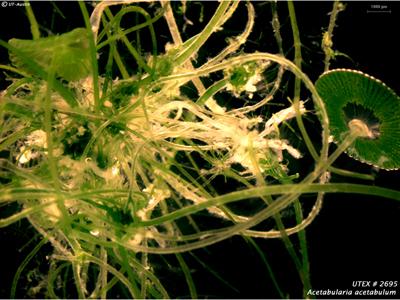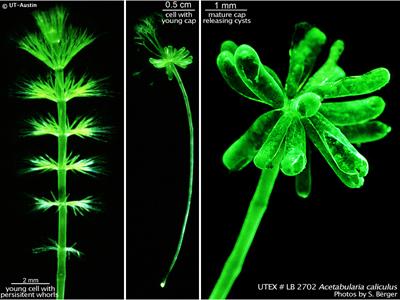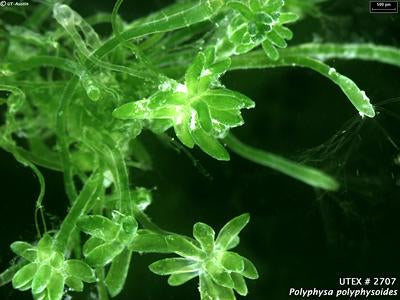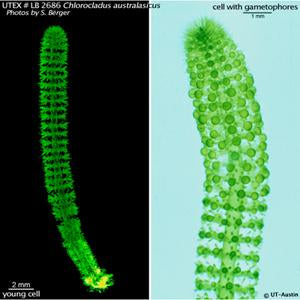UTEX maintains several unique collections of algae acquired through generous donations. Many of these strains are exclusive to UTEX, including numerous diatoms, algae isolated from soil, and extremophiles bioprospected from harsh environments.
Published works about this Collection:
Czarnecki, D.B. 1987. The freshwater diatom culture collection at Loras College. Notulae Naturae Philosophical Academy of Natural Science. 465: 1-16.
Czarnecki, D.B. 1994. The freshwater diatom culture collection at Loras College, Dubuque, IA. In Kociolek, J. P. [Ed.] Proceedings of the XI International Diatom Symposium, San Francisco. Memoirs of the California Academy of Science, San Francisco, CA, USA, No. 17: 155-73.
Czarnecki, D.B. & Ross, M.J. 1988. The Itasca State Park Algal Culture Collection at Loras College. Journal of Minnesota Academy of Science 53: 27-32.



































